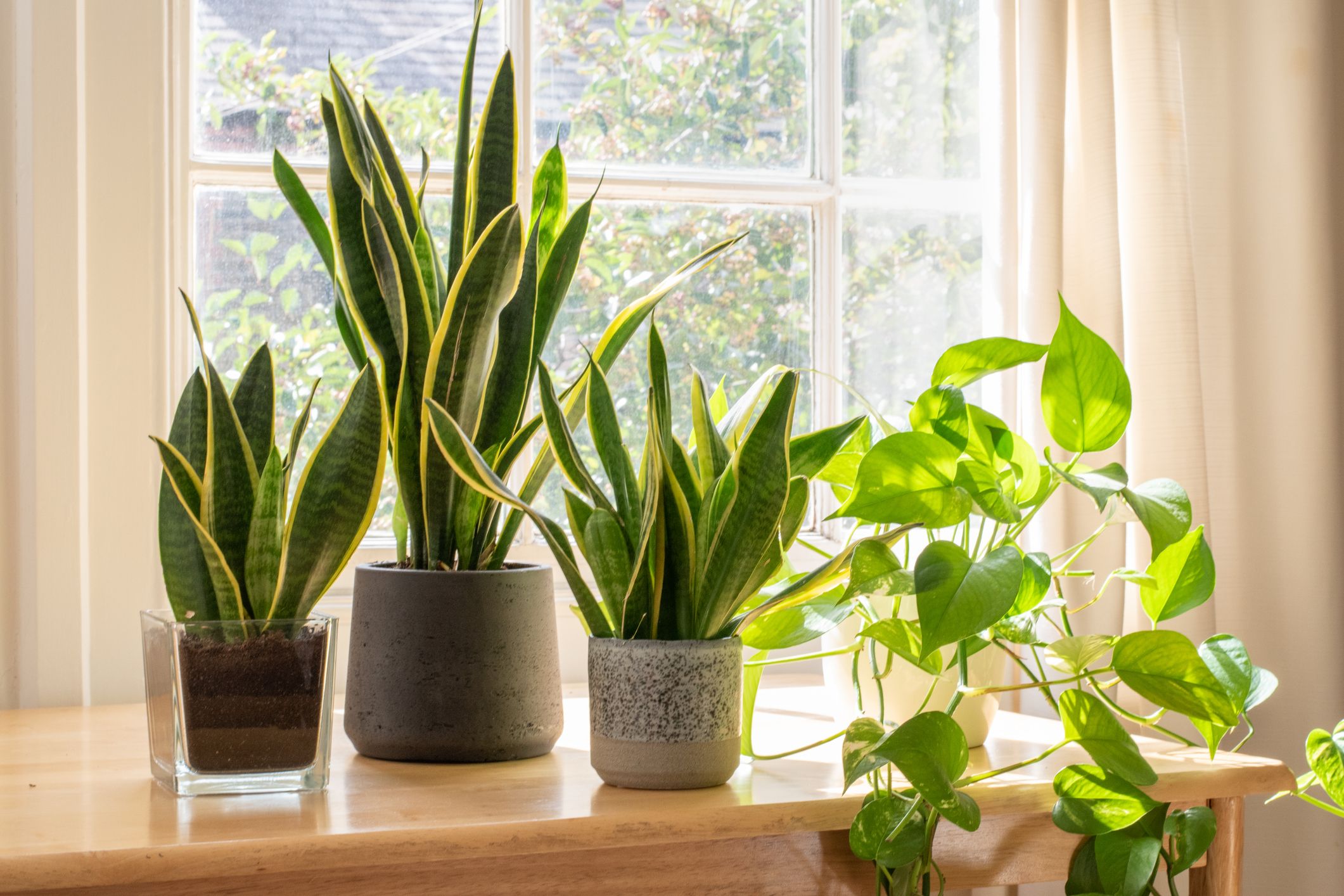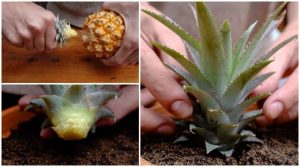In the depths of a dimly lit forest, where sunlight barely penetrates the thick foliage, lies a world brimming with life and secrets. Here, amongst the shadows, low-light plants silently thrive, defying all odds. These resilient green wonders have evolved to survive in conditions that would make most other plants wither away. But how do they do it? How do these botanical marvels not only survive but flourish in darkness? Join us as we unveil the hidden strategies and extraordinary adaptations that allow low-light plants to conquer their light-deprived environments.
Adaptations Of Low Light Plants
One of the most fascinating aspects of nature is the incredible adaptability of plants. In particular, low-light plants have evolved unique strategies to survive in environments with limited sunlight. These adaptations allow them to thrive in areas that would be inhospitable for other species.
- One common adaptation among low-light plants is their ability to stretch and elongate their stems or leaves toward any available source of light. They possess a remarkable flexibility that enables them to reach out and maximize their exposure to even the tiniest rays of sunlight. This characteristic, known as etiolation, allows these plants to efficiently capture what little light they receive.
- Another intriguing adaptation displayed by low-light plants is the development of larger surface areas on their leaves or wider leaf angles. By increasing their leaf size or altering their shape, these species are able to optimize photosynthesis by capturing as much sunlight as possible. The wider angle helps ensure that any sliver of sunlight that filters through the dense foliage reaches the chloroplasts inside specialized cells responsible for converting solar energy into chemical energy.
These clever adaptations not only enable low-light plants to survive but also offer valuable insights into how nature continually evolves and thrives in diverse environments. Exploring and understanding these strategies can help us appreciate and harness the power of plant life even in seemingly inhospitable conditions, providing inspiration for technological advancements and sustainable solutions in our ever-changing world.

Importance Of Photosynthesis In Low Light
Photosynthesis is a vital process for plants as it drives their growth and sustains life on Earth. However, what happens when plants are exposed to low light conditions? In such situations, the importance of photosynthesis becomes even more evident. While low light may limit the amount of energy plants can harness from sunlight, they have evolved fascinating mechanisms to adapt and survive.
- One aspect that makes photosynthesis crucial in low light is its role in providing plants with energy. In these conditions, plants must increase their efficiency in capturing limited amounts of light. They achieve this by expanding their surface area through intricate leaf structures or through longer stem growth, allowing them to maximize exposure to available sunlight. By converting light energy into chemical energy in the form of glucose molecules during photosynthesis, low-light plants can maintain their metabolic processes and continue growing.
- Moreover, photosynthesis also plays a key role in producing oxygen during daytime hours when sun exposure might be insufficient for other organisms. This not only benefits other plant species but also supports the diverse range of animals that depend on oxygen-rich environments for survival. Additionally, some low-light adapted plants have developed an interesting adaptation known as crassulacean acid metabolism (CAM). Unlike traditional C3 or C4 pathways commonly found in most vegetation types, CAM enables these unique flora to store carbon dioxide at night and use it during the day to minimize water loss while performing photosynthesis efficiently.
Strategies For Survival In Low Light Conditions
- One of the most fascinating strategies that low-light plants employ to survive in their understory habitats is called shade tolerance. These plants have evolved unique traits that enable them to adapt and thrive in conditions where sunlight is limited. For instance, these plants often have larger leaves with a higher chlorophyll content, allowing them to capture and make the most of the available light. Additionally, some low-light plants have developed elongated stem growth patterns known as etiolation, which helps them reach out for more sunlight.
- Another survival strategy utilized by low-light plants is shade avoidance behavior. When faced with crowded conditions or shading from taller vegetation, these plants respond by rapidly growing toward areas with greater access to sunlight. This response is triggered by specific wavelengths of light that indicate competition for resources. By adjusting their growth patterns in this way, low-light plants are able to maximize their chances of survival and reproduction in challenging environments.
In addition to these strategies, some low-light plants have also formed mutualistic relationships with fungi through a process called mycorrhizal association. In this symbiotic relationship, the plant exchanges nutrients it receives from its fungal partner for carbohydrates produced through photosynthesis. This allows the plant to obtain necessary nutrients even when they are scarce in the soil due to limited sunlight penetration. By leveraging such partnerships, low-light plants can not only survive but also thrive in darkened spaces within forests and other shady environments.
Conclusion:
In conclusion, the resilience and beauty of low-light plants is truly astonishing. Despite their limited access to sunlight, these plants have adapted and evolved to thrive in even the darkest corners of our homes and offices. Their ability to survive and flourish in low light conditions is a testament to their strength and adaptability.
What makes these plants even more remarkable is their unique beauty. Low-light plants often possess dark, lush foliage that adds depth and elegance to any space. The way they gracefully reach towards the nearest source of light, seeking out every last bit of it, evokes a sense of determination and perseverance. Their ability to bring life into interior spaces that are devoid of natural light is nothing short of magical.
So next time you find yourself yearning for some greenery but worried about the lack of sunlight in your living space, consider adding a low-light plant to your collection. Not only will it bring a touch of nature into your home or office, but it will also remind you daily of the incredible resilience and beauty found within the natural world around us.






Be First to Comment